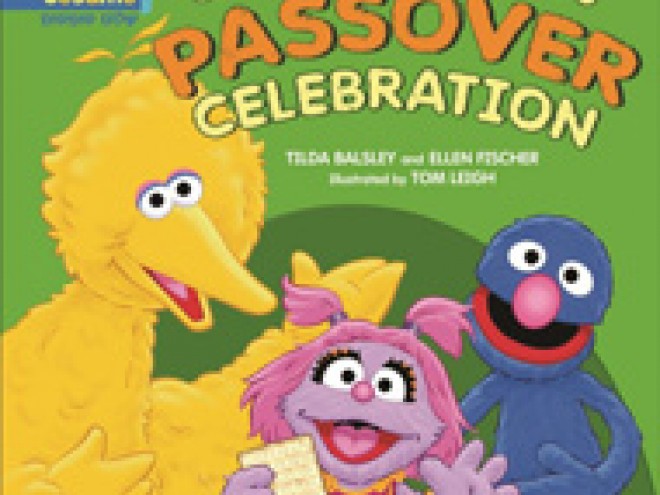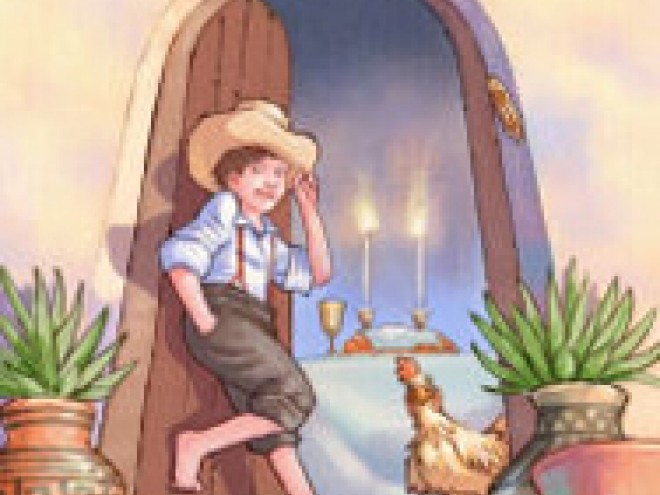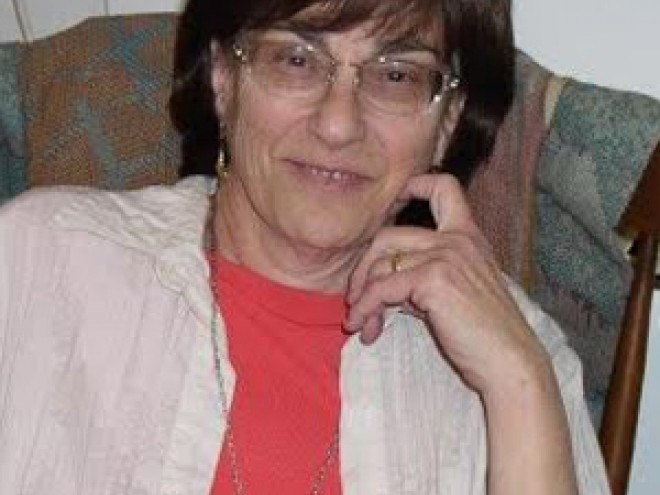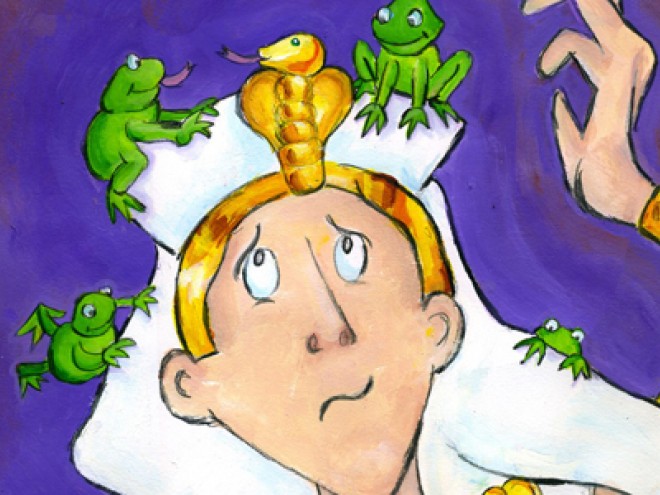JBW’s Michal Hoschander Malen interviewed Rabbi Sandy Sasso about the many children’s books she has authored and about where she finds the inspirations for her stories.
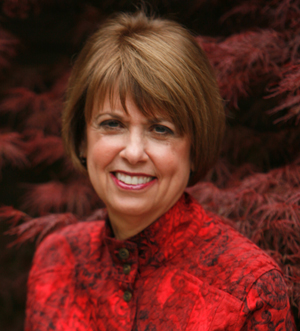 Michal Hoschander Malen: Rabbi Sasso, your lovely books, although geared to young children, are filled with spiritual connections and a sense of reaching beyond our daily lives. Can you tell us a bit about your overall philosophies and how you are able to transmit some of that feeling to a new generation?
Michal Hoschander Malen: Rabbi Sasso, your lovely books, although geared to young children, are filled with spiritual connections and a sense of reaching beyond our daily lives. Can you tell us a bit about your overall philosophies and how you are able to transmit some of that feeling to a new generation?
Rabbi Sandy Sasso: I began writing for children in the late 1980s. I wanted books about God, spirituality, and the Bible that I could read to my own children and the children I taught. Most of the children’s literature in these areas was either too preachy or contained ideas that children would be prone to reject when they grew older. Children have an innate spirituality and they are capable of talking about life’s big questions. Often adults are afraid of the conversation. Writing about the sacred, the divine, doesn’t mean simplifying the concept, just the language. When I write, I address a number of questions: How might children experience the sacred in their daily experiences? How might they come to understand Bible tales as more than ancient texts, as living stories of which they are a part? How can story be a way honoring the spiritual lives of children and encourage a continuing conversation?
MHM: The new Noah movie has reawakened interest in the old Bible tale and one is reminded that you wrote a book only a few short years ago featuring Noah’s wife, Naamah. Please tell us about your vision of Naamah and why you think she is an important figure for the youth of today. How much, if any, of the Naamah character is based on anything hinted at in the Biblical text? What can we learn from the Noah story about the world we live in now? Are there any lessons we can carry away with us?
RSS: Often when I read Biblical narratives what fascinates me the most is the voice that is missing. When a student once asked me who Noah’s wife was, I had nothing to say. I decided to look at rabbinic sources to see if they might tell me something. I found two names, Naamah and Emzerah. Naamah means “pleasing” and Emzerah, “Mother of Seed.” That wasn’t much to go on, but it was enough for a story. Noah saved the animal life. I imagined that Naamah collected two of every seed, planted a garden on the ark and replanted the earth’s garden after the Flood.
I write that as Naamah was collecting all the plants to bring on the ark, she passed by the dandelions. God tells her again to gather seeds of every plant. Naamah knows that means the dandelions too. Because she had ignored them God made certain that dandelions would cover the earth.
Soon after the book came out I received a call from the assistant to the Secretary of the Interior of the United States! He told me that he had read my book and wanted to know where I had found the part about the dandelions. The need for environmental preservation was essential and he wanted to know the sacred source. I told him that I found it in my imagination. He was disappointed. He needed something a bit more ancient!
Toward the end of the book, I suggest that it is Naamah who puts an olive seed in the mouth of the raven and encourages him to drop it to the earth. When the dove returns with the olive branch, Noah says it is a miracle; Naamah just smiles!
It is important for young people to know that nothing and no one is unimportant; that even when they feel ignored, they are loved. They have a responsibility to care for the earth, to continue to plant the trees and the garden, to care for our environment. It is more important now than ever. I also want our young people to come to realize that they shouldn’t wait for miracles; they can make them happen.
MHM: We more recently reviewed two of your other books, The Shema in the Mezuzah: Listening to Each Other and Creation’s First Light. The Shema in the Mezuzah was a wonderful story about compromise. What is the source for this story?
RSS: The story is based on a twelfth-century argument between two great scholars, Rashi and his grandson, Rabbenu Tam. They disagreed about how the mezuzah should be placed on the door posts of the house. Rashi thought that we should put the mezuzah vertically. Rabbenu Tam believed it should be in a horizontal position. In the end, they compromised and decided to slant the mezuzah. I had known about this debate for a long time and told it as part of a sermon. Then one day when I was thinking about what story to tell at a family service, my husband Dennis asked, “Why don’t you tell the story of the mezuzah?” I took his advice and the kids loved it! It was the beginning of The Shema in the Mezuzah. Because it deals with the importance of listening and compromise, it isn’t just a story for children. Many people who read the book suggest that I send it to Congress!
MHM: Creation’s First Light is suffused with a sense of spirituality and joy. Where do you get the ideas for your books and what motivates you to write for children?
RSS: Often the ideas come from questions — my own or others. I recall telling the creation story from Genesis. I asked if there was any part of the story we could do without and still have all the story we needed. One person suggested that we did not need the light of the first day, because we had the light of the sun and the moon.
What was the light of the first day? I knew the midrash about the primordial light that was greater than the sun and the moon and that it had been lost after Adam and Eve ate from the Tree of Knowledge. Despite many suggestions in rabbinic text, I still was not sure where the primordial light was hidden. When my first grandson was born, I looked into his eyes and I saw that light. It was then that I knew its name — the soul.
When I talk to children about this story, they understand that spiritual light in ways I never thought possible. They can tell the difference between the light of the sun, the moon and the stars, the artificial lights of lamps and flashlights and the deeper light of the soul. Our children have that special light and they want to tell us about it. It is up to us to insure that they have the language, so that it can continue to burn more brightly.
MHM: Can you share with our readers a few details about your writing process?
RSS: I read; I observe. Something strikes me — a midrash, a question. Then a thought grabs hold of me and won’t let go. It is a bit like the account of Jacob struggling with the angel. Only in writing, I am wrestling with ideas and words, and I won’t let go until they bless me. I wrote many of my books while I was serving as a rabbi of a large congregation. People would often ask me, “Where do you find the time?” When a story is inside you, you can’t sleep if you don’t write it down. Time finds you — even in the middle of the night. It is exhilarating and hard — lots of editing and discarding, playfulness and patience.
If I am working with a Bible tale or a midrash, I weave traditional texts with imagination and listen for the silences. Sometimes the characters have a mind of their own. When you live with them long enough, they take you places you didn’t at first think you would go. You carry the story with you and in you. And when it is finished, you give birth. And just like a child, the story takes on a life of its own.
MHM: Are there any new books or subjects we can look forward to in the foreseeable future? Do you have any hints or teasers for us to whet our appetites?
RSS: There is a book that will be published in the fall that tells of the chestnut tree behind Anne Frank’s Secret Annex. Saplings from that tree are being planted in eleven places in the U.S. Anne Frank and the Remembering Tree is the story of Anne Frank from the point of view of the tree.
I am also working on an adult anthology with Peninnah Schram on Jewish Love and Marriage: Stories from the Bible to Contemporary Time (working title).
I thought you might be interested in the following explanation of one of my books because of the recent release of the movie. The Noah movie reminded me of my story of Naamah and the recent book and movie, Heaven is For Real, make me think back to the book I wrote in 1999, For Heaven’s Sake. The story tells of a little boy named Isaiah whose grandfather has died. People tell him that his grandfather went to Heaven and Isaiah wants to know what heaven is. He receives many answers, none of which satisfy him. Finally his grandmother takes Isaiah to all the places his grandfather loved to visit and volunteer. Then she says, “I think, Isaiah, we can get close to Heaven and to God in a place in our hearts. I feel there is a part of Grandpa in all the places and people we visited today, and little bit of Heaven, too.” I wrote this story in part because as a rabbi I was often asked this question and most of the books I read were not satisfying. I felt a need for a narrative that did not depict this world simply as a waiting room for the world to come, but a real place where we can make life hell or heavenly.
MHM: Thank you so much, Rabbi Sandy Eisenberg Sasso. We look forward to many more creative and beautiful books from your flowing pen.
JBC thanks Jewish Lights Publishing for help in facilitating this interview.
Michal Hoschander Malen is a librarian and editor of reference books. She is the children’s and young adult section editor of Jewish Book World.
Related Content:
Michal Hoschander Malen is the editor of Jewish Book Council’s young adult and children’s book reviews. A former librarian, she has lectured on topics relating to literacy, run book clubs, and loves to read aloud to her grandchildren.
